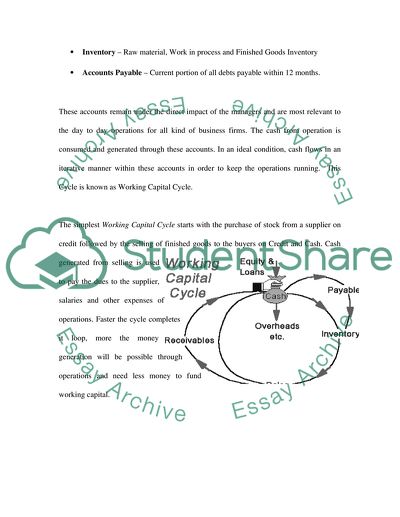Cite this document
(Analysis of Working Capital Research Paper Example | Topics and Well Written Essays - 2000 words, n.d.)
Analysis of Working Capital Research Paper Example | Topics and Well Written Essays - 2000 words. Retrieved from https://studentshare.org/finance-accounting/1732037-uk-listed-companies-generally-manage-working-capital-effectively-but-in-different-ways
Analysis of Working Capital Research Paper Example | Topics and Well Written Essays - 2000 words. Retrieved from https://studentshare.org/finance-accounting/1732037-uk-listed-companies-generally-manage-working-capital-effectively-but-in-different-ways
(Analysis of Working Capital Research Paper Example | Topics and Well Written Essays - 2000 Words)
Analysis of Working Capital Research Paper Example | Topics and Well Written Essays - 2000 Words. https://studentshare.org/finance-accounting/1732037-uk-listed-companies-generally-manage-working-capital-effectively-but-in-different-ways.
Analysis of Working Capital Research Paper Example | Topics and Well Written Essays - 2000 Words. https://studentshare.org/finance-accounting/1732037-uk-listed-companies-generally-manage-working-capital-effectively-but-in-different-ways.
“Analysis of Working Capital Research Paper Example | Topics and Well Written Essays - 2000 Words”, n.d. https://studentshare.org/finance-accounting/1732037-uk-listed-companies-generally-manage-working-capital-effectively-but-in-different-ways.


